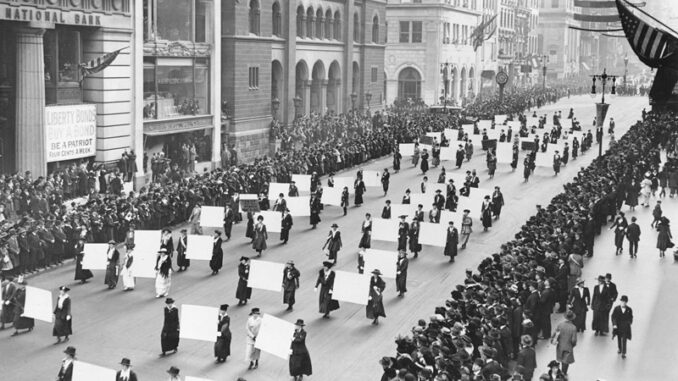
FRQ #3, SCOTUS Comparison.
Virginia Minor, a leader in the Missouri women’s suffrage movement, tried to register to vote in Missouri in 1872 as part of a nationwide civil disobedience effort but was denied because she was female. In a lawsuit asserting that as a citizen she had the right to vote the same as a man, Minor argued for being registered as a legal voter based on constitutional protections as a citizen. The case, Minor v. Happerset (1875), reached the Supreme Court, which upheld the state Supreme Court’s determination that the litigants failed to show that anything in the Constitution called for the federal government to take away from states the right to define voting qualifications. The Court ruled that citizenship conferred “membership of a nation and nothing more.” States would still have the authority to define suffrage.
(A) Identify the common constitutional clause that is at issue in both Minor v. Happerset and Brown v. Board of Education (1954).
(B) Based on the constitutional clause identified in Part A, explain how the facts of the case led to a different holding in Brown v. Board of Education than the holding in Minor v. Happerset.
(C) Explain an additional action supporters of women’s suffrage in the 1870s could take to further their cause after the court defeat.